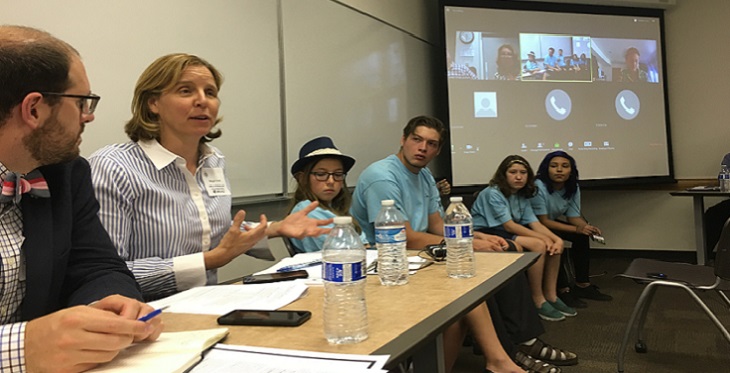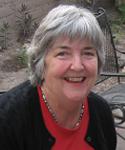ATP Helps Arizona SciTech Share the Good Ideas of Junior High and High School “Chief Science Officers”

A lot of people seem to think our political process is broken.
They might have a hard time getting some very bright junior high and high school students to see it their way. Here’s why.
The Arizona Telemedicine Program (ATP) was fortunate to be a part of the Arizona SciTech’s Chief Science Officer Institute at Grand Canyon College in July. The Chief Science Officers (CSOs) are sixth-grade to 12th-grade students from schools throughout Arizona.
ATP provided the videoconferencing and distance learning technology that made it possible for the Arizona students to share the two-day Institute with students from surrounding states, who would like to create their own CSO programs.
CSOs are nominated and elected to represent their schools and share their good ideas with other students intrigued – like them – with STEM (Science, Technology, Engineering and Math, but you probably already knew that).
As the “STEM voice” for their schools, the CSOs let their fellow students and teachers know when opportunities such as workshops, field trips, and other STEM events are coming up.
Mari, who is the CSO at Wilson Elementary School in Mesa, Ariz., told the CSO Institute audience in July, “I want to help students be as excited as I am about science and technology, so I started “Science Fridays” at my school.
Off campus, CSOs serve as ambassadors to their communities, helping communicate news of STEM events with local business and industry, and by being part of state-level conversations related to STEM and education. They also team with their CSO peers as part of a state-level cabinet.
This is where the political process comes in.
Arizona Congressman Raul Grijalva says he was educated by Chief Science Officers who shared with him their thoughts on STEM education and workforce barriers.
 “I took this information back to Washington and helped make students part of the policy-making process,” Grijalva says. How? By telling U.S. Chief Technology Officer Megan Smith about the CSO program. Ms. Smith then mentioned the program to President Obama. And at the Chief Science Officer Institute in July, Ms. Smith paid tribute to the students and their mentors.
“I took this information back to Washington and helped make students part of the policy-making process,” Grijalva says. How? By telling U.S. Chief Technology Officer Megan Smith about the CSO program. Ms. Smith then mentioned the program to President Obama. And at the Chief Science Officer Institute in July, Ms. Smith paid tribute to the students and their mentors.
“You are the founders of the Chief Science Officers movement,” she told the audience. As political process goes, it was a good start.
Watch President Obama’s meeting with 9-year-old Jacob Leggette from Baltimore, a STEM enthusiast who told the president that kids should have a seat or two on his Science Advisory Council. The president liked the idea, and in May he announced that he and his staff were putting Jacob’s idea into action. https://www.youtube.com/watch?v=rotgpSM-BFw
For more information on the Chief Science Officer Institute and CSO’s please visit: http://chiefscienceofficers.org/ or contact Jeremy Babendure at jeremyb@azcommerce.com
